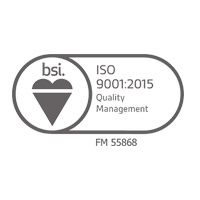
What is a Bill of Materials?
A Bill of Materials (BOM) is a fundamental document in manufacturing and production and is essential for any product assembly. A BOM lists all the components, quantities, and necessary steps that make a finished product.
Why is a BOM Important?
A BOM is essential for manufacturers, engineers, and suppliers because it ensures the accurate assembly of a product. Without a clear BOM, miscommunication can lead to costly errors, delays, and inefficiencies in production.
Types of BOM
There are different types of BOMs, each for different purposes:
- Engineering BOM (EBOM): Focuses on product design, showing how parts interact.
- Manufacturing BOM (MBOM): Used in production, detailing assembly requirements.
- Service BOM: Helps with repairs and maintenance by listing necessary components.
- Configurable BOM: Allows customisation based on customer specifications.
Key Components of a BOM
A well-structured BOM typically includes:
- Part Number: Unique identifiers for each item.
- Part Description: Clear details on the component.
- Quantity: How many units of each part are needed.
- Unit of Measure: Specifies whether parts are counted in pieces, kilograms, litres, etc.
- Procurement Type: Indicates whether the component is manufactured in-house or purchased.
- Assembly Instructions: Guidelines on how parts fit together.
- Revision History: Tracks changes made to the BOM over time.
How BOMs Enhance Efficiency at Vickers
At Vickers, A BOM ensures we can enhance our operations and improve our efficiency. By ensuring accurate inventory management, we can reduce our waste as well as improve communications and reduce errors between our teams.
A Bill of Materials is a strategic tool that keeps the manufacturing process running smoothly. By keeping materials, costs, and assembly instructions clear, Vickers can continue to deliver high-quality products with precision and reliability.








